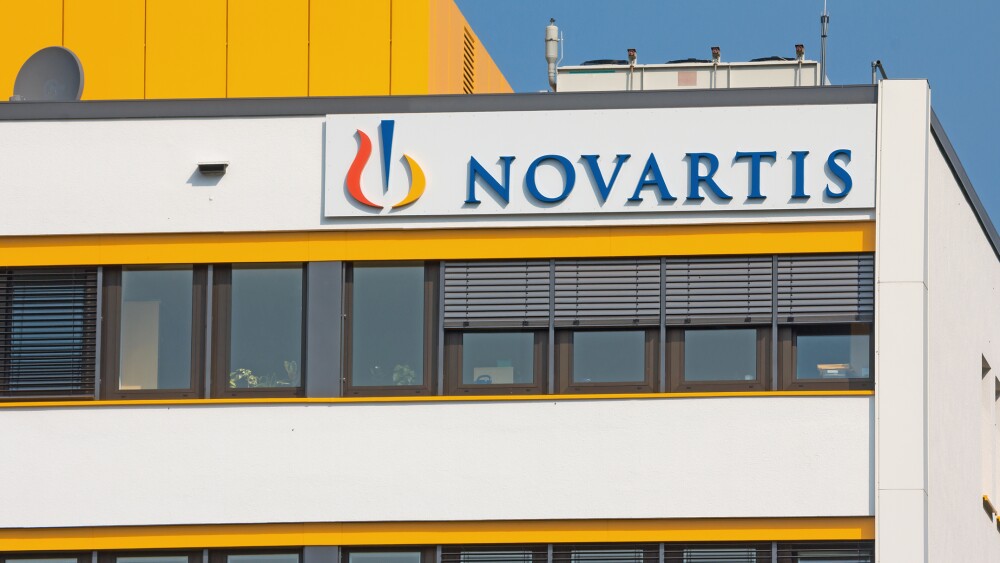March 17, 2017
By Mark Terry, BioSpace.com Breaking News Staff
The U.S. Food and Drug Administration (FDA) gave AstraZeneca ’s New Drug Application (NDA) for ZS-9 (sodium zirconium cyclosiliate) a Complete Response Letter (CRL)—again. The drug was being developed for hyperkalemia by ZS Pharma , a wholly-owned subsidiary of AstraZeneca.
Hyperkalemia is high blood potassium. Extremely high levels of potassium in the blood can lead to cardiac arrest and death. Hyperkalemia is common in patients with chronic kidney disease and/or chronic heart failure. It’s difficult to diagnose, although mild forms of high blood potassium are often well tolerated.
The CRL was related to an FDA inspection of the ZS-9 manufacturing plant in Texas. No new data is required.
AstraZeneca acquired ZS Pharma for $2.7 billion in 2015. This is the second CRL from the FDA. It issued a CRL on the drug in May 2016, also after a manufacturing facility inspection. AstraZeneca resubmitted the proposal in October 2016.
However, ZS-9 received a positive opinion from the Committee for Medicinal Products for Human Use in the European Union last might. That is likely to mean approval in the near future.
That recommendation was based on three double-blind placebo-controlled trials and one 12-month open-label trial that is still ongoing. The Phase III pivotal trial demonstrated that in patients with hyperkalemia, ZS-9 significantly reduced blood serum potassium to normal levels within 48 hours. That was maintained during 12 days of maintenance therapy.
The delay by the FDA puts AstraZeneca behind the curve compared to Redwood City, Calif.-based Relypsa ’s Veltassa (patiromer), for hyperkalemia. In November 2016, the FDA approved a supplemental New Drug Application (sNDA) with updates to Veltassa for oral suspension. Included in the approval was a Boxed Warning about the separation of Veltassa and other oral medications would no longer be needed. It still recommends patients take the drug at least three hours before or three hours after other oral drugs.
“We are extremely pleased the FDA has approved these changes to Veltassa’s label, including removing the Boxed Warning,” John Orwin, president and chief executive officer of Relypsa said in a statement. “These important updates are based on our positive data, which showed there is a low risk for drug-drug interactions with Veltassa when it is separated from other oral medications by at least three hours. We believe the three-hour dose separation and addition of data from our drug-drug interaction program to the label can provide doctors greater flexibility in choosing Veltassa and adding it to patients’ daily treatment regimen.”
Veltassa was originally approved in the US on October 21, 2015 for hyperkalemia.
In July 2016, likely emboldened by Veltassa’s surge and AstraZeneca’s faltering, Swiss-based Galenica snatched up Relypsa in a $1.53 billion cash deal.
Nick Paul Taylor, writing for FierceBiotech, says, “Vifor, the specialty pharma unit of Galenica, is using Veltassa and the commercial footprint it acquired to spearhead its attempts to become a strong enough business to thrive after its parent company spins off its pharmacy business. And it is committing serious cash to the cause, with the 2017 budget for the launch and ramp up of Veltassa coming in at upward of $260 million. AstraZeneca’s missteps are helping Vifor’s efforts.”
AstraZeneca’s ZS-9’s active ingredient is a non-absorbed zirconium silicate that exchanges potassium for hydrogen and sodium.
The company stated, “AstraZeneca remains dedicated to developing and commercializing sodium zirconium cyclosilicate for patients with hyperkalemia, and is confident in the profile of this potential medicine….Any potential implications for ongoing regulatory submissions are being assessed.”
The market for the drug is about $6 billion, but in order to access it and make its $2.7 billion buyout of ZS Pharma worthwhile, it needs access to the U.S. market.





